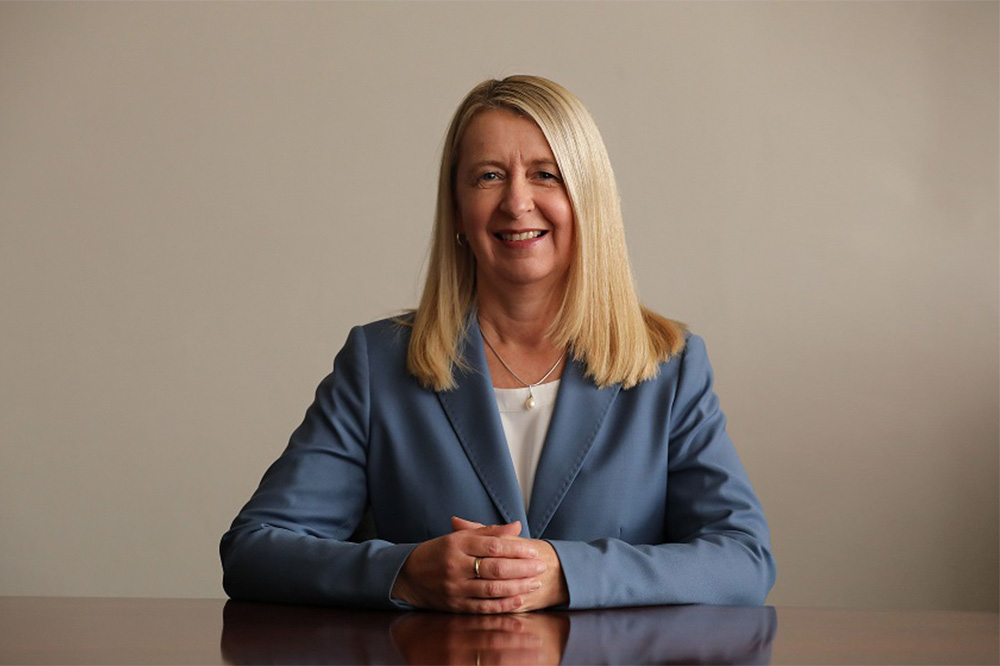
Jennifer Oaten is a well-respected leader who has spent 20 years in Catholic education. Through that time, she has navigated the enormous changes that have ultimately shaped what education has become today.
Having gained significant experience in primary, secondary and tertiary education from her roles as principal, deputy principal, lecturer at Notre Dame University and Curriculum Consultant for Catholic Education WA, Oaten has separated the wheat from the chaff when it comes to knowing what works, and what doesn’t, in the classroom.
Today, Oaten heads up all-girls Catholic school Santa Maria College in Perth, where she is the driving force behind the school’s Strategic Plan 2021-2025.
Below, The Educator speaks to Oaten, who draws from her vast experience in education to offer some insights into how principals can mitigate the major risks schools are facing today and the best practices that can help schools thrive in another year of uncertainty.
TE: Based on your experience as a Catholic school leader, what does risk management for schools look like in 2021, and what are the most significant risks and emerging risks that principals should be mindful of?
Schools need to prioritise the care, wellbeing and development of their staff to enable them to perform well, thrive in their roles and reduce turnover. COVID-19 has caused great uncertainty for staff, resulting in a heightened need to provide a sense of security, stability and an increased focus on wellbeing. Staff who don’t meet expectations and underperform are also a significant risk to a school, highlighting the importance of regular performance reviews, either formal or informal.
Situations related to Child Safety, both past and present, continue to be a priority and require Principal’s to take action to ensure the wellbeing of all those in our care. Ensuring all staff are aware of their responsibilities and required documentation is crucial.
Financial risks influenced by the uncertainty of government funding, variable enrolment numbers and the potential threat of COVID-19 is causing schools to carefully consider expenditure, particularly that required for capital development projects. Schools need to be looking at other revenue streams, for example, the setting up of a Foundation and commencing fundraising.
TE: What do you believe constitutes best practice when it comes to risk management, and what are some strategies you are using as a principal to address the risks your school faces this year and beyond?
Clear policies and procedures and continual staff training is the key to best practice risk management. It is important to ensure that all staff can assess and manage situations to mitigate risk and comply with the legal requirements. It is crucial to invest in staff training and ensure that policies and procedures are updated regularly. Schools need to clearly communicate the importance of risk awareness, expectations for risk management, supported by an efficient and effective risk register. The support and expertise of a leader in this area provides great benefits to Principals in this rapidly changing field.
TE: Can you tell us about your leadership journey and some important factors you believe contribute significantly to best practice in school leadership?
The foundation for effective school leadership lies with a clear mission and vision and defining the school’s values. Collectively these all need to underpin your decisions and actions. When developing your mission, vision and values, a consultative process is essential, ensuring staff, student and parent voices are incorporated.
Clear communication with staff is vital. This will assist staff in the understanding of their role in enacting and promoting the school's mission, vision and values and will help support the building of a positive culture. Principal's need to lead with strength while also showing compassion as each employee brings their personal story with them that may influence their behaviour, performance, or choices.
TE: The job of a school leader is dynamic and a busy one. What are some things you do to remain at the top of your game as a principal when times get tough, and what might other school leaders learn from these practices?
When times are challenging as a leader, it is vital to believe in yourself to determine the process, seek information, evaluate and decide on the way forward. Ensuring you have a strong and diverse leadership team who are experts in their areas and bring inspiration, positivity, and innovation to situations is essential. Look after your wellbeing, exercise, schedule lunch breaks, block out time in your calendar to focus on strategic discussions and responding to emails. Get out of your office and visit classrooms or student activities to see the amazing learning going on in your school. This is the greatest way to be energised and see the value of the work that you do.


